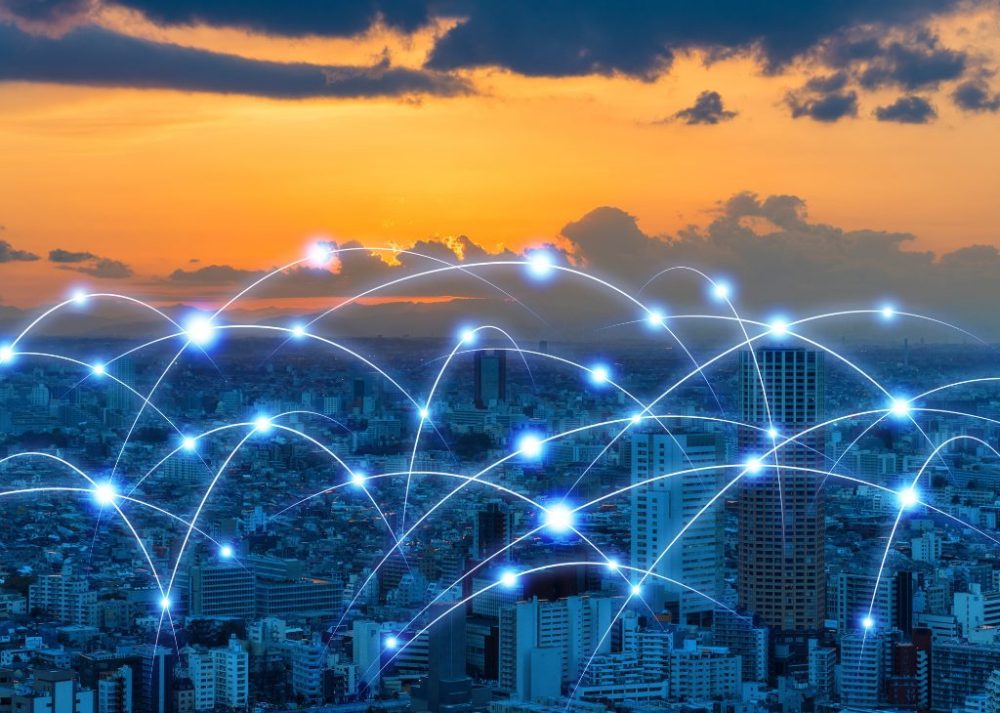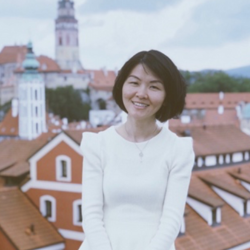
As the world becomes increasingly polarized and experiences turmoil, scholars have envisioned different ways that public relations can contribute to the common good. For example, Shen and Jiang (2021) renewed the call for a community approach to public relations, echoing the proposition by Kruckeberg and Starck (1988) that public relations should be about restoring and maintaining a sense of community. On the other hand, recent research (Ni & Shen, 2023; Shen & Northup, 2023) on different groups of publics highlighted the importance of people’s identity, particularly their identity salience, in influencing their perceptions, motivations, and even behaviors. In this post, I discuss the concept of identity strength and identity salience and their implications to internal community development.
The internal community approach posits that organizations can build and sustain internal communities and reimagine the workplace as a space for co-creation, solidarity, diversity, and inclusion. The development and growth of such internal communities largely depend on members’ individual agency. Contributing factors to individual agency include the strength and salience of one’s identity. In the context of internal public relations, identity strength refers to internal community members’ (e.g., employees) extent of identification with an organization as part of their total sense of self. In contrast, identity salience explains the relative importance of these members’ identification to their sense of self.
Research on identity in public relations has primarily focused on types of identity and their intersectionality, not identity salience. Ni and Shen (2023) first examined the role of political identity salience in affecting people’s communication behavior regarding COVID-19. They conducted an online survey with 556 adults that reflected the diverse racial makeup of a large city in Southern US. Their findings revealed that individuals with a highly salient political identity tended to exhibit reduced constraint recognition, indicating that the more salient one’s political identity, the more likely they were to believe they could personally address the issue of COVID-19. Furthermore, the study demonstrated that political identity salience was positively associated with increased problem recognition. In other words, those individuals with a strong political identity were more inclined to recognize COVID-19 as a substantial problem requiring immediate attention and action. Additionally, individuals with a highly salient political identity were found to engage more actively in the forwarding of information about COVID-19. This suggests that it was the most dedicated members from various political groups, irrespective of party affiliations, who were actively involved in disseminating information about COVID-19, potentially contributing to the heightened politicization of the issue.
In another study of alumni publics, Shen and Northup (2023) concluded that alumni’s identity with an academic unit, i.e., identity strength, as well as their identity salience could enhance their agency. These empowered alumni agents also displayed higher levels of engagement with the academic unit, including being involved in their events, guest lecturing and mentoring activities, and feeling enthusiastic about the organization.
Implications for Internal Communication
Extending these research findings to internal communication, public relations practitioners can facilitate institutional and individual community members to co-create and re-create rules of communication and dialogue. When community is fostered in the process, members’ identity strength and salience could rise, which then activates their individual agency. Empowered internal agents could at the same time become more engaged and involved in the internal communities. They may also contribute to more information flow in and out of their internal communities, such as conducting more positive megaphoning of their organizations.

Hongmei Shen, Ph.D., APR, is a professor in public relations at the School of Journalism & Media Studies, San Diego State University.



